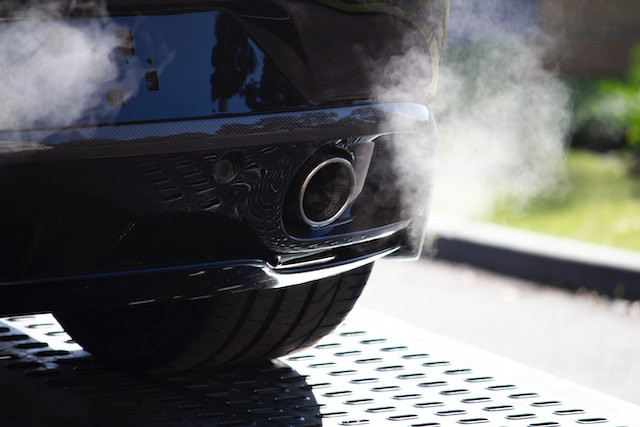The most common reasons for MOT test failures

The most common reasons for MOT test failures tend to revolve around safety, emissions, and basic vehicle functionality. Here's a list of some of the most common failures.
Lighting
Faulty headlights, taillights, brake lights and indicators.
Incorrect alignment or headlight aim.
Brakes
Worn brake pads or discs that have reached the minimum allowable thickness.
Brake imbalance.
Leaking brake fluid.
Tyres and Wheels
Tyres with insufficient tread depth (the legal minimum is 1.6mm across the central three-quarters).
Incorrect size or type for vehicle.
Damaged or misaligned wheels.
Suspension and Steering
Damaged or worn-out suspension components.
Excessive play in the steering rack.
Leaking or misting shock absorbers.
Exhaust and Emissions
Exhaust system leaks or damage.
High emissions levels exceeding legal limits.
Faulty catalytic converter.
Structural Issues
Corrosion or rust that affects the structural integrity of the vehicle, especially in critical areas like the chassis or suspension mounting points.
Visibility
Damaged or excessively scratched windscreen.
Missing or faulty wipers and washers.
Cracked or chipped mirrors.
Seats and Seatbelts
Damaged seatbelts.
Seats that are insecure or fail to lock in the upright position.
Fuel System
Fuel system leaks.
Damaged or corroded fuel tanks or lines.
Registration Plates
Illegible or incorrectly spaced.
Mirrors
Damaged, missing or loose mirrors.
Warning Lights
Dashboard warning lights that indicate a fault with safety-related systems, such as ABS or airbags.
Photo by Matt Boitor on Unsplash